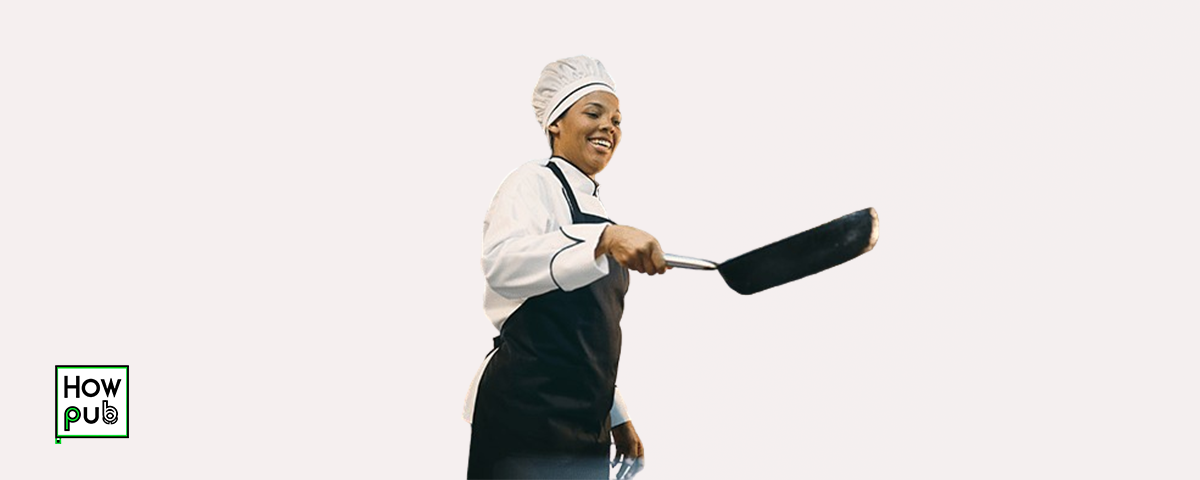Introduction
A deviated septum is a common condition where the thin wall (septum) between the nasal passages is displaced to one side, making one nasal passage smaller than the other. This can lead to difficulty breathing, frequent sinus infections, nosebleeds, and other respiratory issues. While surgery is the most effective way to correct a deviated septum, there are non-surgical options that can help alleviate symptoms. In this article, we'll explore how to fix a deviated septum without surgery and discuss the costs and procedures involved in surgical treatment.
Non-Surgical Treatment Options for a Deviated Septum
If you're wondering how to fix a deviated septum without surgery, there are several options that can help manage symptoms and improve breathing:
-
Nasal strips: Adhesive strips placed on the bridge of the nose can help open the nasal passages and improve airflow. Cost: $10-$20 for a pack of 30.
-
Nasal dilators: These devices, which can be internal or external, help open the nasal passages and improve breathing. Cost: $10-$30.
-
Nasal sprays: Steroid nasal sprays can help reduce inflammation in the nasal passages and improve airflow. Cost: $10-$50 per bottle.
-
Decongestants: Over-the-counter decongestants can provide temporary relief from nasal congestion. Cost: $5-$20 per package.
-
Saline rinses: Rinsing the nasal passages with a saline solution can help remove irritants and mucus, improving breathing. Cost: $5-$15 for a saline rinse kit.
While these non-surgical treatments can provide relief, they may not be effective for everyone. In some cases, surgery may be necessary to correct a deviated septum and improve respiratory function.
Surgical Treatment for a Deviated Septum
Septoplasty is the surgical procedure used to correct a deviated septum. During this procedure, the surgeon will straighten the septum and reposition it to the center of the nose. This can improve breathing, reduce snoring, and alleviate other symptoms associated with a deviated septum.
Septoplasty Procedure
-
Anesthesia: The surgery is typically performed under general anesthesia, so you'll be asleep during the procedure.
-
Incision: The surgeon will make a small incision inside the nose to access the septum.
-
Septum correction: The deviated portions of the septum will be removed or repositioned to straighten the septum and improve airflow.
-
Closure: The incision will be closed with absorbable stitches, and splints may be placed inside the nose to support the septum as it heals.
Recovery and Aftercare
After the surgery, you may experience pain, swelling, and bruising around the nose and eyes. Your doctor will prescribe pain medication and recommend rest and cold compresses to manage discomfort and swelling. Most people can return to work or school within a week, but strenuous activities should be avoided for 2-4 weeks.
Cost of Septoplasty
The cost of septoplasty can vary depending on factors such as the severity of the deviation, the surgeon's experience, and your location. On average, the cost of a septoplasty can range from $6,000 to $30,000. Many insurance plans cover septoplasty if it's deemed medically necessary, but be sure to check with your insurance provider for specific coverage details.
Conclusion
While non-surgical treatments can provide relief for some people with a deviated septum, surgery is often the most effective way to correct the problem and improve respiratory function. If you're considering septoplasty, discuss the risks, benefits, and costs with your doctor to determine if it's the right choice for you. With proper treatment and care, you can breathe easier and enjoy a better quality of life.




